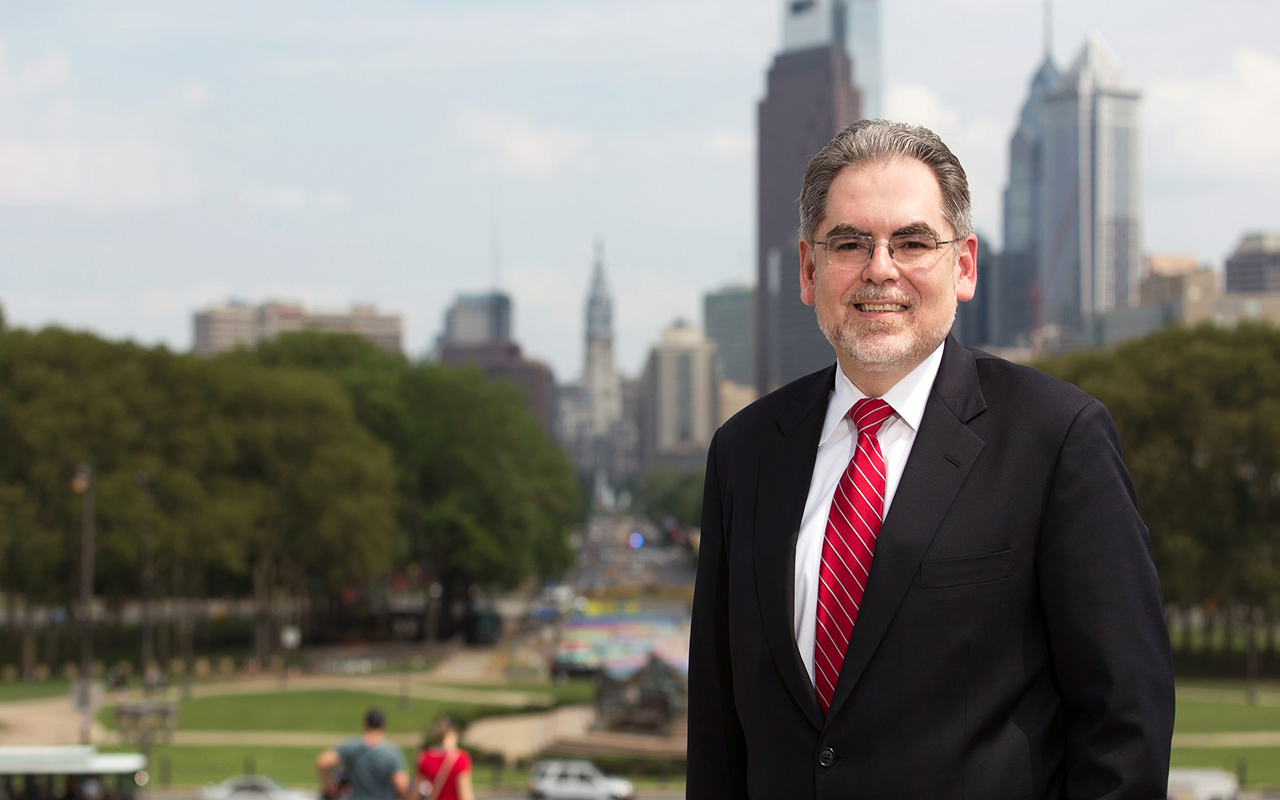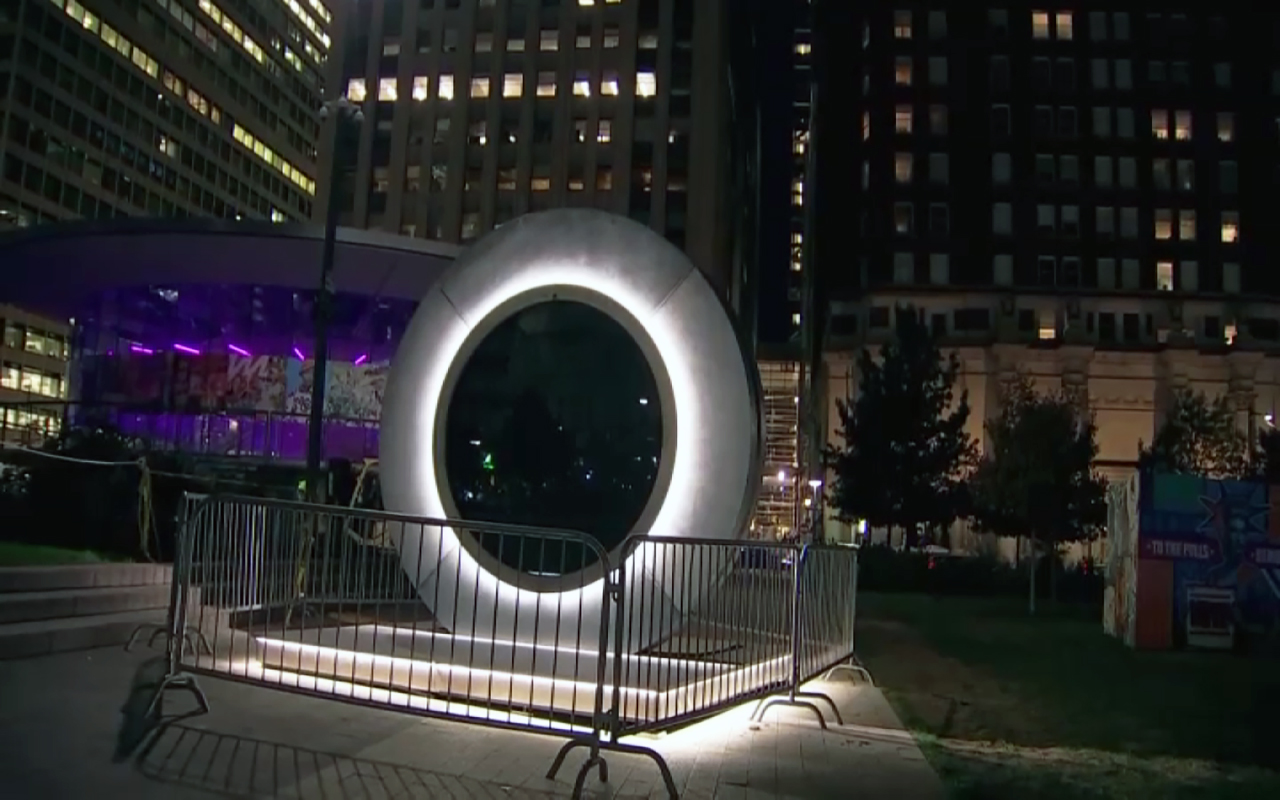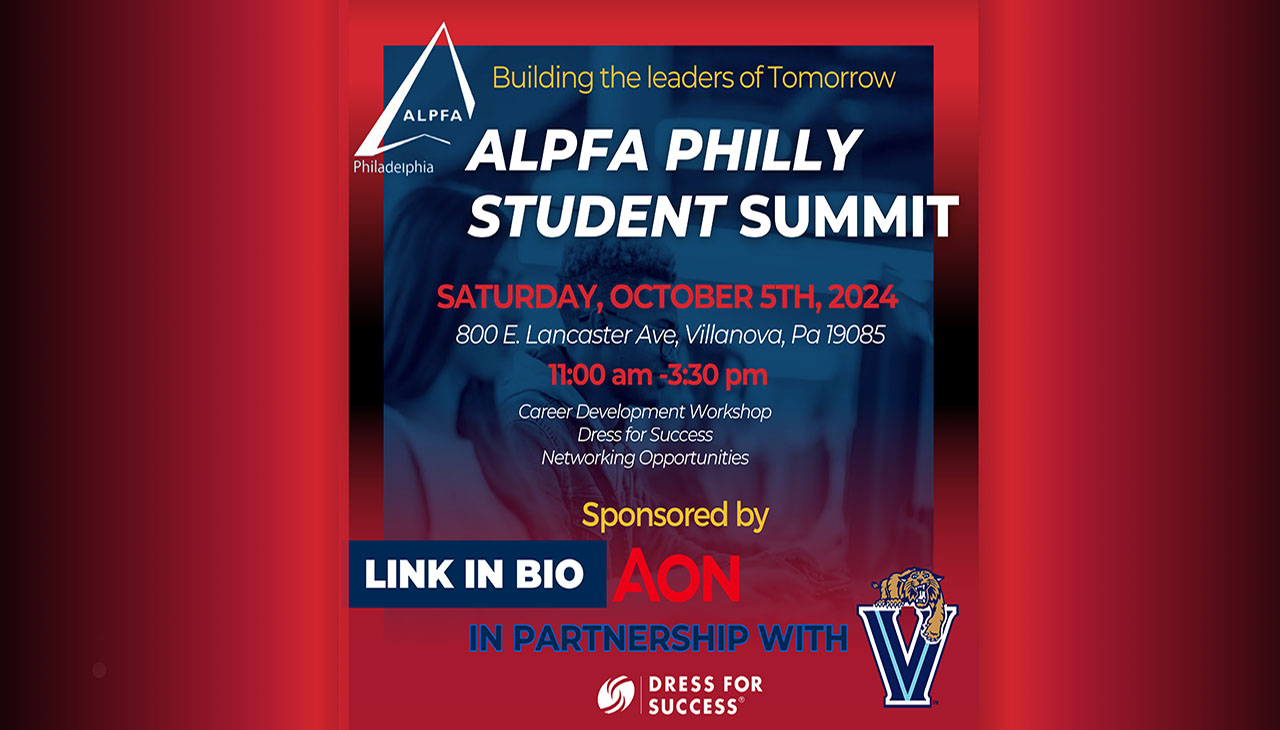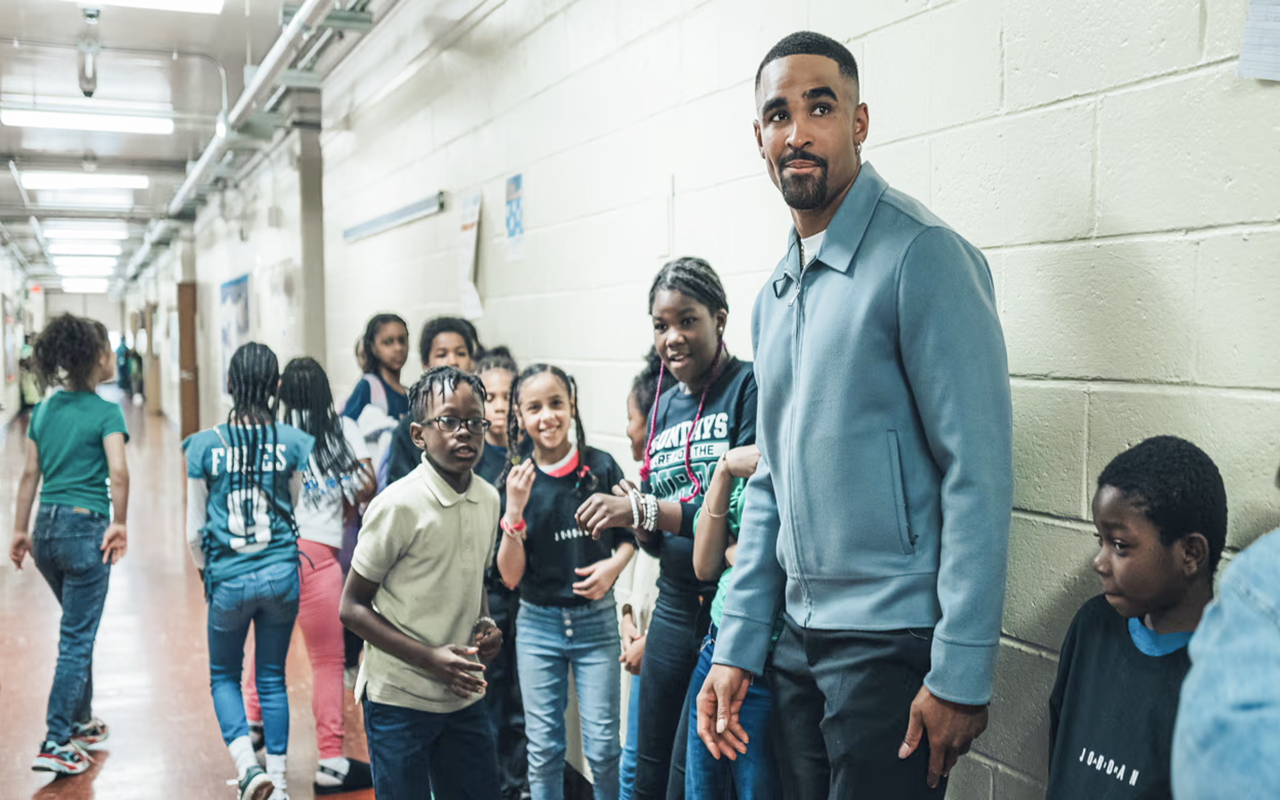
Philadelphia loves (and knows how to) dance
Dancing has been an integral part of communities and traditions throughout the world since human beings started calling ourselves human beings. This cultural…
Dancing is an art, it’s a form of expression and it’s an essential part of human beings. These three facts have not gone unnoticed. The greatest minds in the history have acknowledged the importance of dancing.
“Let us read and let us dance,” said the famous French writer and philosopher François-Marie Arouet (also know as Voltaire). “Two amusements that will never harm the world.”
For German philosopher Friedrich Nietzsche, dance was so powerful it might even confirm the existence of God. In his own words: “I will only believe in a God who knows how to dance.” Nietzsche said: “We should consider every day a lost one if we have not danced at least once.”
As for those who’ve committed their lives to dance, as the great Martha Graham once said, “Dance is the hidden language of the soul.” In James Brown’s opinion, dancing is “the one thing that can solve most of our problems.” Then, there are those who agree with Isadora Duncan who famously said, “If I could tell you what it meant, there would be no point in dancing it.”
Truth is, dancing has been an integral part of communities and traditions throughout the world since human beings started calling ourselves human beings. This cultural heritage is especially strong in Latin American countries. People all over the world dance salsa, tango or flamenco. Philadelphia is no exception.
20 years of Latino dancing

Two decades ago, the City of Brotherly love got its first Latino dance school: Fuego Dance Company. Hector Serrano, son of Puerto Rican parents and born in Philly, opened the school in 1996. The reason? He realized that the high price of tuition made dancing not an option for most of the young people in his community.
“I started Grupo Fuego because my family and friends wanted to dance but they couldn’t pay the tuition of the dance companies in the city,” he told AL DÍA.
Serrano started to dance when he was 4 years old. He was part of an after-school program developed in the Fairmount area (where, he believes, the majority of the Puerto Rican community lived in the 1980s and ‘90s). It was the Thomas Eakins Program and it was focused on piano and guitar lessons, but also dancing and acting classes.
Serrano danced at different events, where he realized that “Americans were crazy about the events which had ‘Latino flavor’ and Philadelphia needed it.”
It was at this point when he founded Fuego Dance Company (www.fuegodancers.com) Since then, he has collaborated on the development of projects and events with several organizations, including Aspira, Congreso de Latinos Unidos, Taller Puertorriqueño, Concilio and others. Currently the company teaches around 165 dancers between the ages of 7 and 22, and some of the company’s former members are dancing in different regions of the country.
“I like to teach Latinos that the world is not only North Philly, or Philadelphia. I like them to represent Boricua pride and teach them that we can do more than what people say we can,” Serrano said.
Maybe that’s the reason he considers Grupo Fuego not only a dance company but also a family in which people take care of each other.
“Grupo Fuego is like a family. Everybody has headaches but at the end of the day we are there as a dance company to help our community. When somebody needs our help but they don’t have money to pay, we are there for them.”
That philosophy is part of the company’s DNA. It’s also represented in its name, because according to Serrano: “A lot of people said ‘Fuego means fire, right?’ and I tell them ‘No, Fuego means Filadelfia Unidos Es una Gran Oportunidad (Philadelphia United is a Great Opportunity)’. And most of them said ‘Ah! I had no idea’.”
The next big project for Grupo Fuego is the celebration of its 20th anniversary as a company. It will take place next January with a gala, which will pay tribute to different local Latino personalities.
Philly gets its very own Flamenco “tablao”

Philadelphia not only dances salsa with Grupo Fuego, it also bears the stamp of Elba Hevia y Vaca. She is an artist from Bolivia who is in love with one of most iconic of Spanish dances: Flamenco.
Hevia y Vaca started to dance when she was 5. However she did not take her first flamenco lesson until she was 13.
“I loved it, it was the only way that everything made sense,” Hevia y Vaca confessed. “You could go inside (the studio) and to forget about the ridiculous things of the world. It was like a way to escape, to connect with my inner self.”
When she was 15 she traveled to Spain for the first time. She studied flamenco in Madrid, in a studio called Amor de Dios. It was in there where, she said, “I felt in love with flamenco even more.” She attended college in Washington D.C. but she keep dancing. “The flamenco scene there (D.C.) is very active and the (skill) level is high,” she said.
Hevia y Vaca moved to Philadelphia 30 years ago, along with her husband and her two daughters. After six years without dancing flamenco she decided to get back into it because “it was the only thing that fulfilled me,” and in 2000 she founded her own company, Pasión y Arte (www.pasionyarteflamenco.org).
“I was sure I wanted to focus in women,” she said. “I had my own idea of flamenco in my mind and that was what I wanted to promote. It’s flamenco but it speaks about women. I always look for an specific topic and in all my work women are the subject.”
That’s true of her latest piece, Cosas de Mujeres. In a few days she will present another recent work, Tablao Philly, in which she reproduces a classic Spanish “tablao.”
“It’s a traditional ‘tablao’, but in an intimate atmosphere. You are not in a restaurant, so it is respectful of the artists. We try to educate people about it.”
Hevia y Vaca will present four performances between October and June, each of them featuring different guest artists. The first will take place the 29, 30 and 31 of October at the Asian Arts Initiative (1219 Vine Street).
A dancer called ‘La Mera’ will be one of the guest artists, and the local ensemble De Luna a Lunares (www.philadelphiaflamenco.com), founded by the dancer Mónica Herrera, will also perform in Tablao Philly.

Herrera, who was born in Philly and has Cuban heritage, explained that her first contact with flamenco happened during a visit to Spain with her grandparents. She did not take her first class until she turned 16, but hasn’t stopped dancing since then. Because, she said, “you never stop learning.”
Herrera combines her training with the performances she develops in different locations, and the classes she offers at her company (on November 3 she starts a class for beginner and intermediate level dancers).
“One of the things I personally love about flamenco is that your age, your body type or your technique doesn’t matter. It’s a dance for the people,” Herrera said.
Herrera said she is still surprised how Americans are the biggest flamenco fans. “People love it. They see flamenco as something very emotional, which it is. You see somebody dancing flamenco and it’s an emotion that everybody can feel. Maybe they don’t speak Spanish and they don’t understand the lyrics, but they do feel it because everybody has emotions.”
From the ‘tablao’ to the ballet

This season flamenco won’t only be danced with high heel shoes it will also be danced en pointe. The dancers of the Pennsylvania Ballet will change the classic flamenco ruffles for the tutu. And they will do it as a part of a new performance inspired by the most famous Spanish-language book: Miguel de Cervantes’ Don Quixote.
“I’m excited to debut Don Quixote in March, as it has never been done by the Pennsylvania Ballet. My goal for the performance is to bring the real feel of Spain to the Pennsylvania Ballet stage,” said the Artistic Director of the ballet company, Ángel Corella.
He will adapt Marius Petipa’s choreography of Don Quixote, in which the search for Dulcinea is brought to life. At the same time it tells the story of real-life lovers, Kitri and Basilio, who battle against all odds to unite in true love.
“I’ve been working on authentic Spanish costumes and sets that remind me of the Spanish square in my home town. Since I am interpreting this “all-star” version of Don Quixote, I look forward to adding elements of flamenco dance to the performance, which is an authentic style of dance in Spain,” Corella said.
“I’m sharing my culture with the dancers for this performance. Everything on the stage is a part of me.” There are several Hispanic dancers among the company: Cuban dancers Mayara Pineiro, Arian Molina y Etienne Diaz; and the newcomers Ana Calderón, from Spain, and the Ukrainian-born (but raised in Buenos Aires), Nicolai Gorodiskii.
Don Quixote is part of the 2015/2016 season of the Ballet de Pensilvania, and will be performed March 3 to 13, 2016.
Argentine Tango, From Buenos Aires to Philly
Argentine Tango was created in the city of Buenos Aires as an urban dance that has now spread to all the parts of the world — Philadelphia included.
“Argentine Tango is a social dance and it’s all improvised, which means that it is a different experience every time and with every partner. So a lot of us travel a lot in order to dance with different partners. Because that is such a big part of what makes it interesting,” said Meredith Klein, one of the dance style’s ambassadors in the city.
The Philadelphia native started to dance Argentine Tango when she lived in Massachusetts. After travelling around the world to dance, she decided to move to Buenos Aires. Klein lived there for three years (half of each year traveling to perform the dance in other regions world).
In 2008 she decided “to put down roots” and she chose Philly. But, why the City of Brotherly Love? Besides family reasons, Klein explained that part of her reasoning is that “Philadelphia is a very big city and an up and coming cultural mecca.”
“The Argentine Tango scene was less developed than in other big cities, so we saw this as an opportunity to try to invigorate the Argentine Tango scene here the way we have seen it happen in New York or in San Francisco andin cities around the world like Berlin, Istambul… .”
Klein opened the Philadelphia Argentine Tango School (www.philadelphiatangoschool.com), a project that she defines like more than a school of dance. “It’s a social dance community so it’s not just a company.”
The Philadelphia Argentine Tango School offers classes for beginners every week (Thursdays from 7:30 to 8:30 p.m.). It also organizes group events like the ones known as Milonga Quilombo. They also dance in events like the one celebrated at Independence Mall during the Papal visit.
Diversity is another component of the tango community in Philadelphia. “It’s extremely diverse. There are people from all over the world. My school in particular is a crossroads where people meet. Whether there are a lot of Latinos, there are probably as many Russians and other Europeans and people from other places. It’s extremely mixed,” Klein said. There are also people of all ages.
“Argentine Tango is a way of walking, a way that people walk together,” she said. “If they can walk, they can dance tango.”











LEAVE A COMMENT:
Join the discussion! Leave a comment.